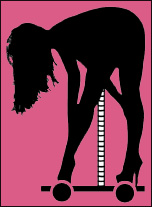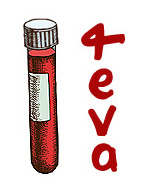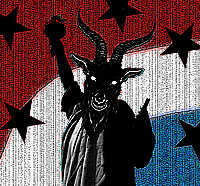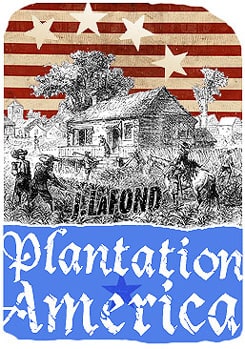The Culture, Arts Crafts and Religion of the Plains Indians
1991 [first published in 1972], Mallard Press, NY, 617 pages, 32 color plates, 100 + B&W illustrations
Who would have thought a retired Lutheran minister would present the most in-depth and personal study of Native American life in print. The color plates are stunning. But it is the black and white illustrations of artifacts and individuals in living attitudes that bring this book alive as the codex of another age. Journal entrees from early explorers are quoted at length. The array of artifacts employed by the various warrior societies is well documented. My favorite illustration is of an Assiniboine hunter and his two hunting dogs with supplies strapped above their shoulders.
Mystic Warriors of the Plains is my most treasured possession, just ahead of my 35 year old bowie knife. This thing weighs almost 10 pounds!
Mystic Warriors of the Plains is a chronicle of the lifeway that gave birth to one of the best light cavalry forces in human history. Everything from the parts of a bison to the design of fighting knives made of bone is covered in exacting detail. Use of stone age weapons figured prominently in the legend of the Liver-Eater. The details of native knife construction and use will factor into knife-fighting deductions concerning this Mountain Man, whose blade of choice was not of indigenous design.
Nowhere on or between the covers of this stunning tome does the author or publisher claim his work is even partially concerned with war. Do not be misled. A study of the religion, crafts, arts and culture of a warrior people is akin to a study of Marine Corp Boot Camp.
What made The Mystic Warriors of the Plains such a formidable force was their way of life. Mister Mails proves particularly adept at describing ritual and religious symbology. The spiritual aspects of the warrior life figured as prominently in his military habits as Islam does in fourth generation warfare today. As an example, his illustration of Little Wolf is accompanied by an extensive caption, which explains the Cheyenne use of the cross [that appears like a Christian crucifix] as a symbol of the Four Winds.
Of the 24 chapters 5 are dedicated to the warrior’s weapons and his training for action. There are interesting discussions on the use of knives, shields and other signature weapons of North America’s most renowned indigenous culture. I purchased this volume from the Military Book Club nearly 20 years ago. If you are at all interested in Native American life, horse nomads, or stone-age life, get a copy of this.











Yeah great book! Osprey book level detail on the "uniforms and equipment" of various Plains Indian tribes, but in a tome as thick as big city phone book. Guided by the copious illustrations you could darn near recreate your own Indian tribe from the "golden period" of the Plains culture, roughly 1775 to 1875. The irony is that the Plains Indian culture was both created and destroyed by European colonization. Most of the tribes didn't live a nomadic existence out on the Great Plains until they acquired Spanish horses in the decades following the Santa Fe Pueblo Revolt of 1680. Can you imagine having to drag a buffalo hide tepee across the prairie by yourself, without horses? What is remarkable is how quickly the Plains Indians adapted to an equestrian existence to become one of the "best light cavalry forces" in the history of the world. The rapidity with which the Plains Indians reinvented their lifestyle resembles the speed with which the Japanese transitioned from a feudal to an industrial civilization in the late 19th Century.
Jeremy,
The Japanese comparison is a great one. And, taken together with the success of they and the stone age Indians in adapting to war with European technology, we are treading dangerously close to that line, which, should we cross it, might have us suggesting that white people are not the only ruthless war-makers on Mother Planet Hearth.
In the book I reviewed in the link below, the author makes a good case for the Indians deliberately setting out to learn horse breeding after being tragically [his protestant opinion] unsuccessful at eradicating the Spaniards and their horses.
jameslafond.com/article.php?id=2410